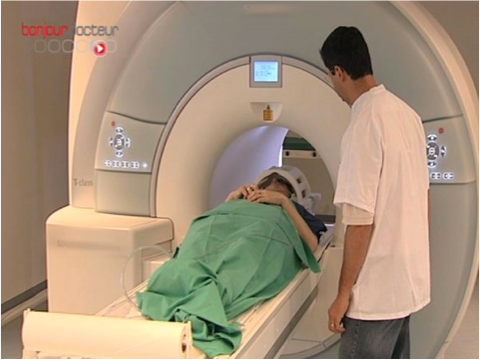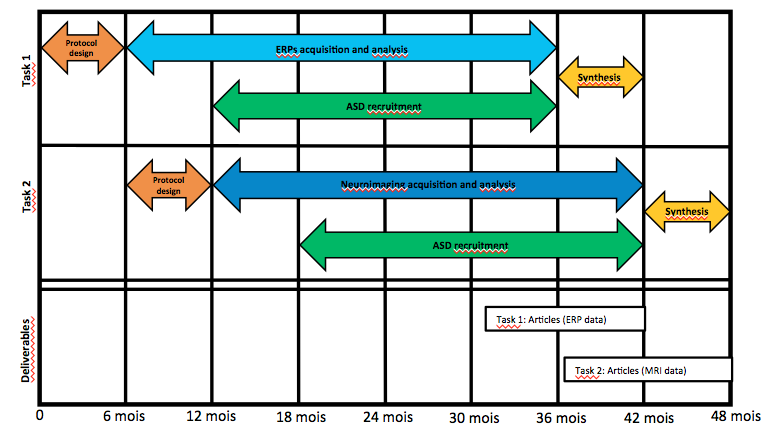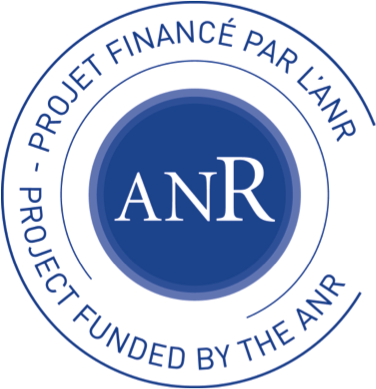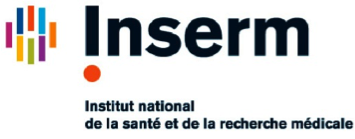ANR Project: Emotional and Change –related Automatic Attention in Autism
- Context and objectives of the project
Autism Spectrum Disorders (ASD) are characterised by major handicap in social interaction and in daily life adaptation. Physical and social adaptation typically challenges the impaired skills of these individuals with ASD, as it requires efficiently detecting and reacting to biologically important events. This orienting response towards potentially relevant events involves automatic attentional mechanisms that would be elicited mainly by two classes of biologically important stimulation: novel stimuli and emotional stimuli. Two separated automatic attention systems operating either on unexpected events or on emotional stimuli and involving distinct brain structures have thus been depicted. Both systems have been suggested to be impaired in individual with ASD. Behavioural and brain imaging findings indeed suggest that people with ASD have a basic difficulty in the automatic ability to orient to changes in sensory input, in both the visual and the auditory modalities. Moreover brain imaging findings raise the question of a default in automatic emotional attention in ASD that might be rooted in amygdala connectivity abnormalities and would contribute to the disinterest in socio emotional information. These findings reveal the potential interest of exploring functional links between the emotional and the change‐related automatic attention fields in a pervasive developmental disorder where both domains are systematically affected.
In this project, we intend to contribute to determine whether ASD undergo specific emotional attention system impairment during processing of relevant emotional information, or a more general automatic attention dysfunction that would not be efficient especially in the frame of emotional stimuli or, ultimately, a malfunction in the interplay between the two systems. In order to achieve this goal, we will explore the neural basis of emotional and change‐related automatic attention in ASD by investigating brain reactivity in both the visual and the auditory modality, during passive oddball tasks mixing emotional and non emotional deviant stimuli. The brain correlates of mechanisms involved in emotional and non emotional automatic attention will be examined using two complementary non invasive methods: ERPs that will show the time course of these brain processes with an unrivalled time resolution, and MRI that provides excellent spatial definition allowing to accurately locating the brain areas involved together with analysis of the effective and anatomical connectivity between these brain regions. The originality of the current project lies in the combination of two research fields that are usually dissociated, in order to move towards ASD physiopathology in a comprehensive and global manner. The anticipated outcomes of the project are of major interest to advance understanding of the physiopathological mechanisms of ASD with the ultimate goal of improving therapeutics.


Picture extracted from www.serimedis.inserm.fr
Picture extracted from www.allodocteur.fr
Picture extracted from www.allodocteur.fr
- Project’ schedule

- Partners involved in the study
Frédérique BONNET-BRILHAULT, M.D.
Jean- Philippe COTTIER, M.D.
Christophe DESTRIEUX, M.D.
Marie GUIMARD-BRUNAULT, M.D.
Emmanuelle HOUY-DURAND, M.D.
Mathieu LEMAIRE, M.D.
Joëlle MALVY, M.D.
Agathe SABY, M.D.
MRI partners:
Frédérique ANDERSSON, Research engineer
Laurent BARANTIN, Research engineer
EEG partners:
Magali BATTY, PhD
Nicole BRUNEAU, PhD
Sylvie ROUX, Research engineer
Helen CLERY, Research engineer
Judith CHARPENTIER, PhD student
Luce CORNEAU, Nurse
Odette VIAUD, Nurse
- Information
Grant: 140 000 euros
- Where are we?
The protocol is also currently adapted for the MRI recordings.
-Updated in August 2014-



Job offer
We are looking for a post-PhD in neuroimaging specialized in connectivity analyses.
For more information, please follow this link.
For more information, please follow this link.
Contact
- For more information, please contact the project’s coordinator Marie GOMOT: gomot@univ-tours.fr
- Inserm U930, Equipe 1 Autisme
CHRU Bretonneau
2 Boulevard Tonnellé
37044 TOURS Cedex 9
0234389435
